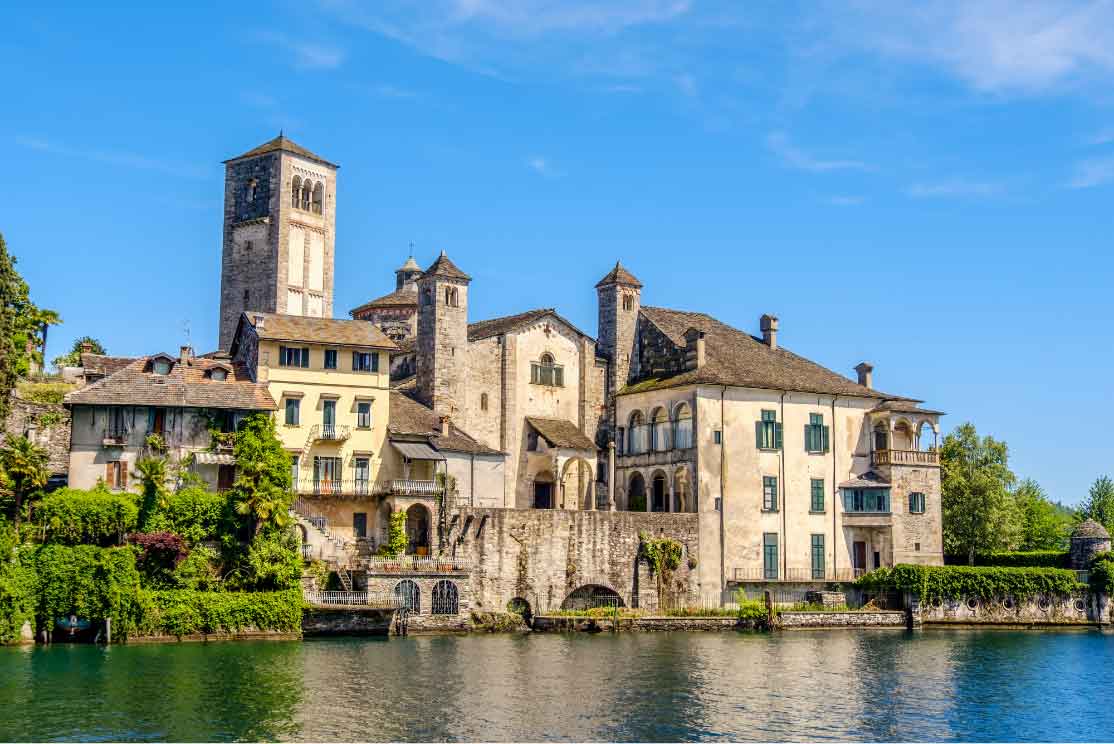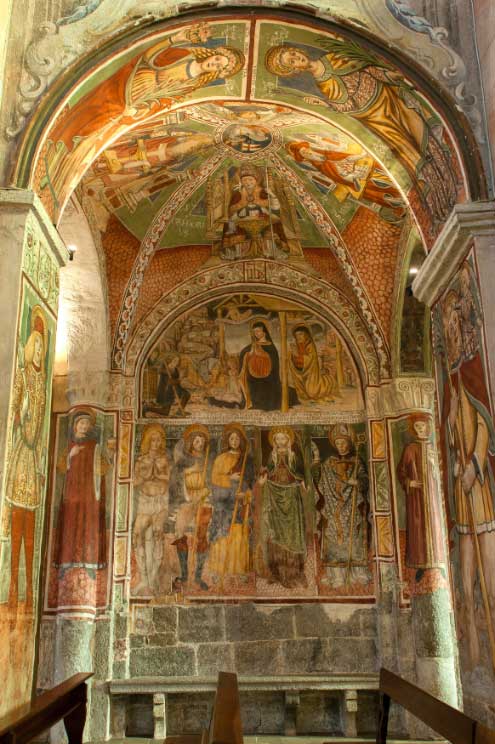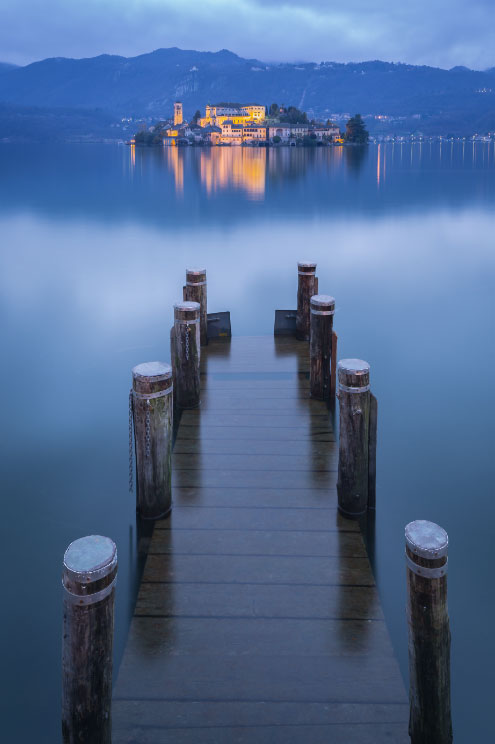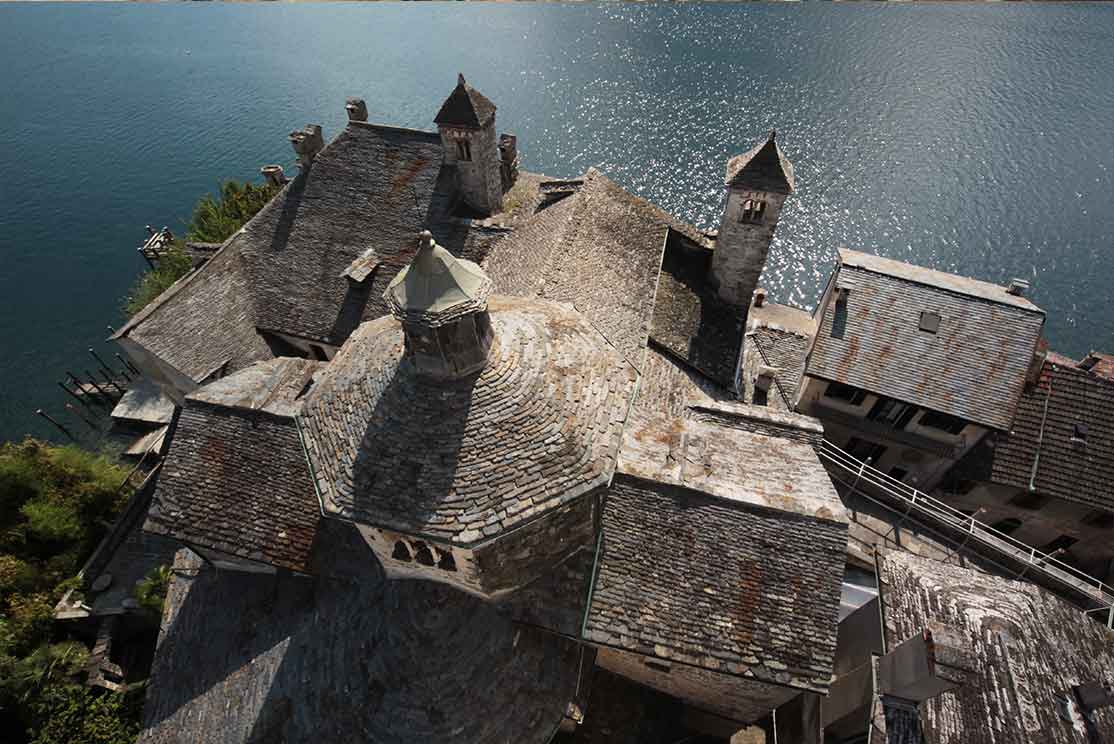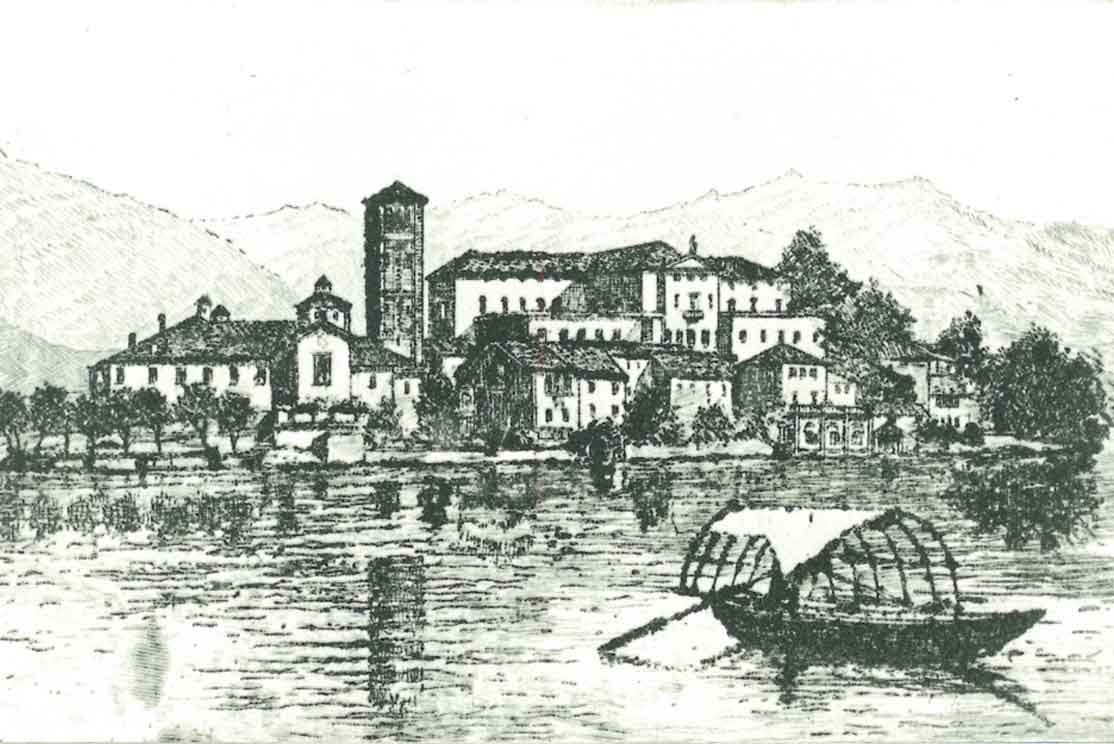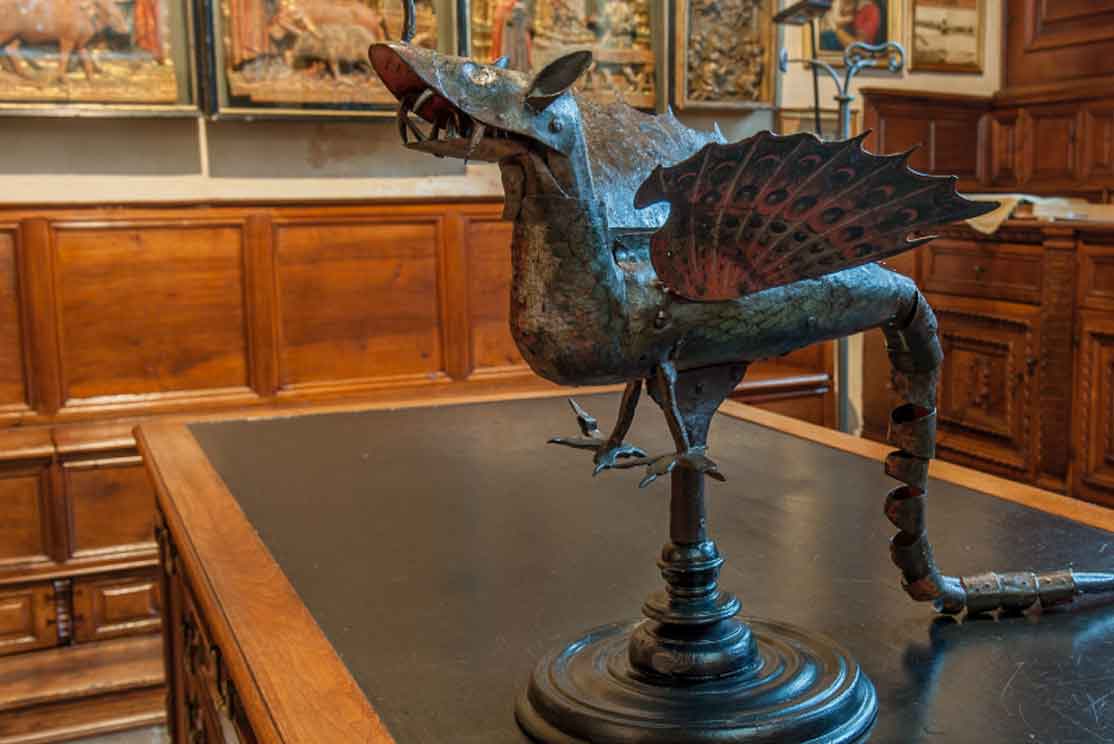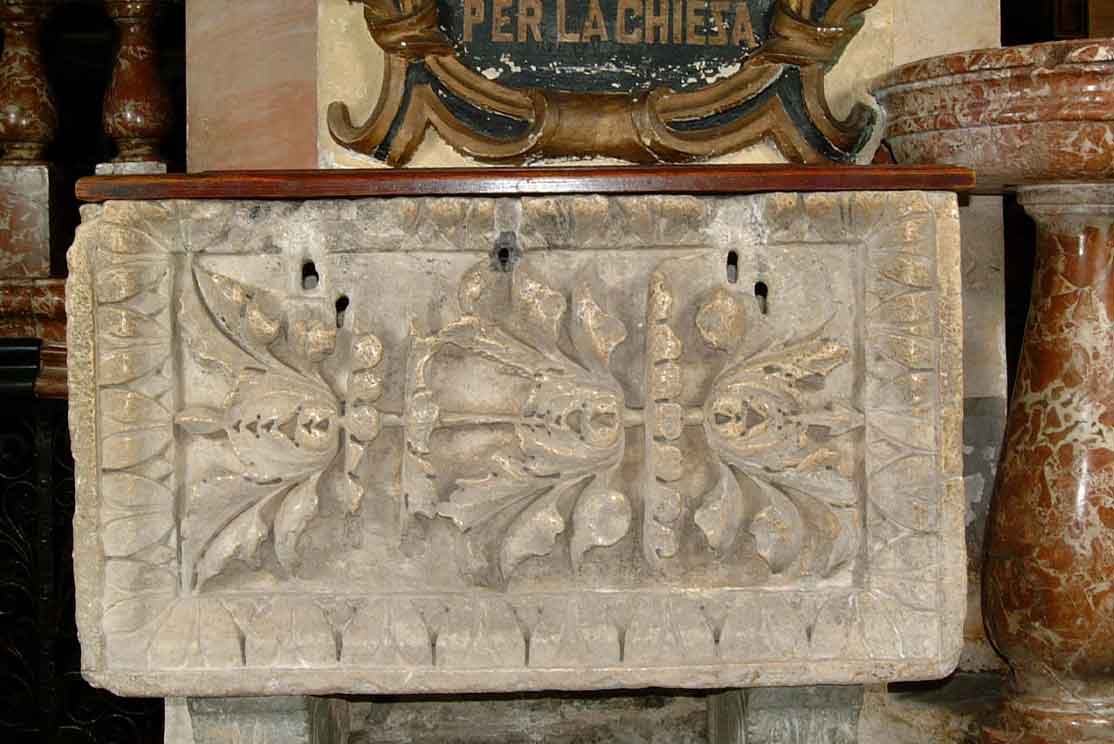A place of worship from pagan times, the Island is named after St. Giulio, a priest of Greek origin, who, along with his brother Giuliano, a deacon, brought the Gospel in these lands.
The primitive foundation of the basilica of the Island is accredited to the work of St. Giulio (hereafter San Giulio); and was later rebuilt or enlarged several times.
After the death of the saint, it is probable that priests began to inhabit the island, living in community and giving life to a Canonical College.
With the invasion of the Longobards (568), the island became the seat of a fortified ducal residence. Over the centuries and with the succession of the ruling peoples, the island soon found itself embroiled in the struggle between the Saxon empire and the Italic kingdom, which aimed at autonomy. It is in this context that in the beginning of May 962, Emperor Otto decided to attack the island in person where Willa, the wife of Berengar, king of Italy, had taken refuge along with her supporters and the treasure of the kingdom. Queen Willa and her family held siege for roughly two months, until they were forced to surrender. Otto then occupied the Island and seized the treasure, however, leaving Berengar’s wife free.
Along with Willa, at the head of the army was the valiant leader Robert, count of Volpiano. In those very days Perizia, his noble and pious wife, gave birth to a son who would become a sign of pacification between the contenders: after the surrender of Queen Willa, the emperor himself and his wife Adelaide hosted the baptism of the newborn in the Basilica of the island, giving him the name of William.
That baby would later become “Saint William of Volpiano” a great benedictine abbot and untiring builder and reformer of monasteries, an outstanding figure in Europe in the year 1000.
With an imperial document, Otto then donated to the Canons of the island two pieces of property of a large extension, located in the surrounding area, with fields, pastures and water, a real treasure at that time. The act, the so-called “Bull of Otto”, is dated July 29, 962 and signed in Orta. It is the first document in which the name of the ancient town of the Cusian riviera appears.
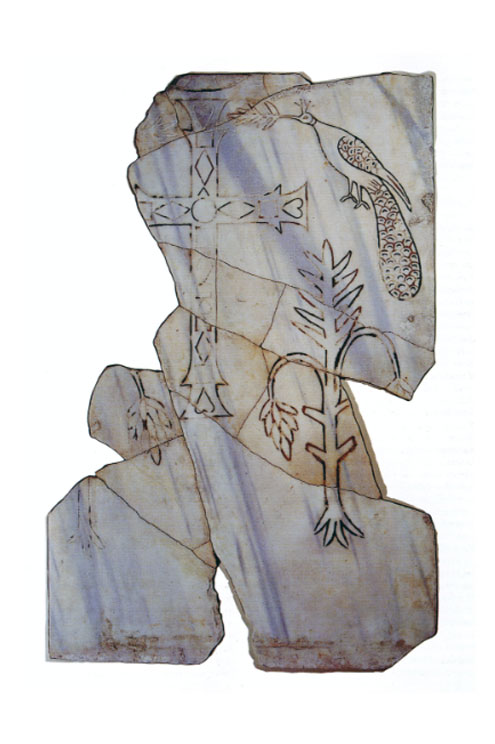
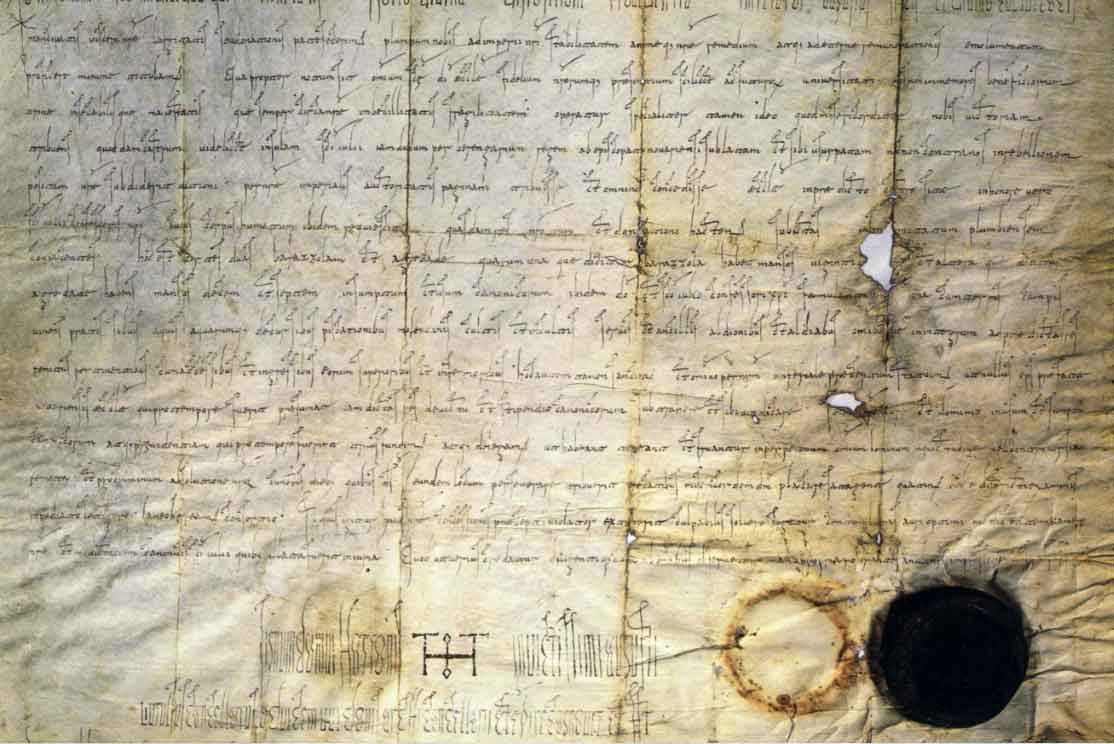
“The “Bull of Otto”, July 29 962 is the first document in which the name of the ancient town of Orta appears.
From the document of Otto – as well as from other sources – on can deduce that two realities coexisted on the island had marked its history from since ancient times up to the 19th century: church and fortress, canonical chapter and political institutions, spiritual and temporal power. The figure of the Bishop of Novara played an important primary role alongside the Canons.
The tie between these and the Island of San Giulio possibly dates from the end of the Roman Empire, when the Bishops were the only points of reference of the population, even and the political level.
In addition, during times of invasion, the islands of the lakes often became places of refuge for the population. It was probably the Bishop of Novara himself to erect the first fortress on the Island in which to seek refuge in times of danger.
